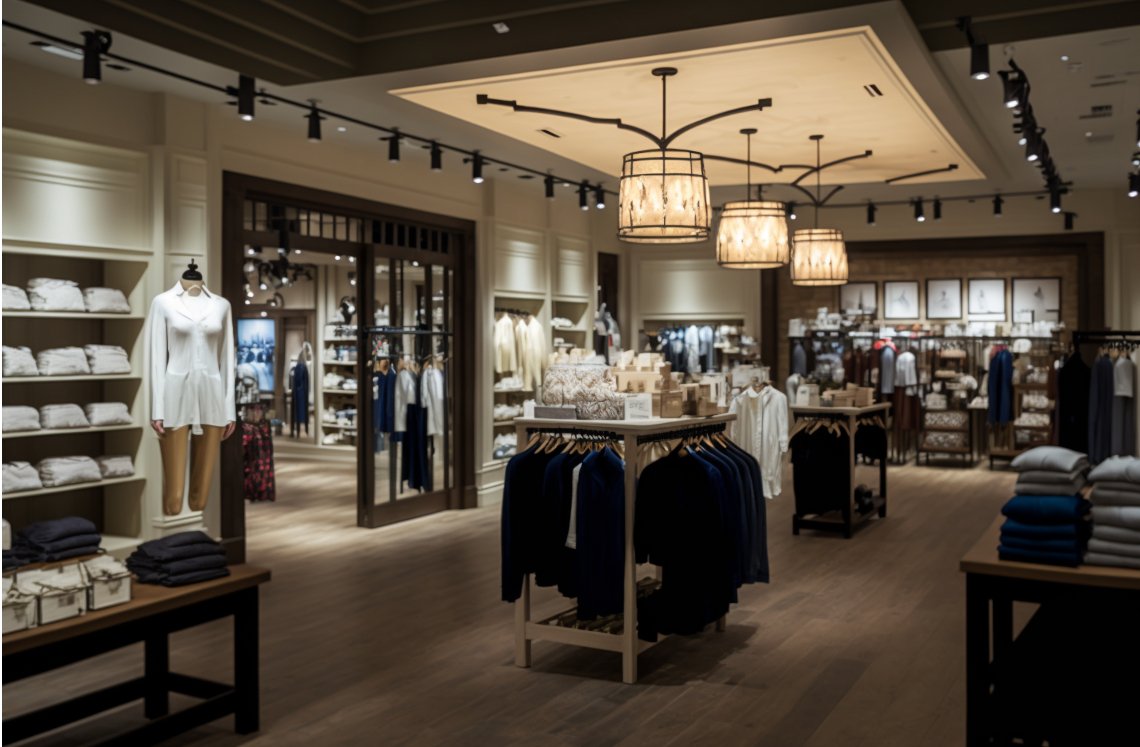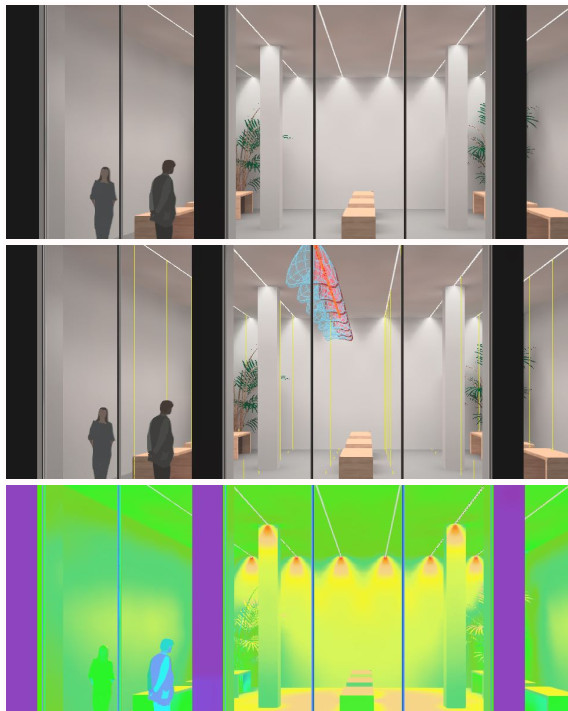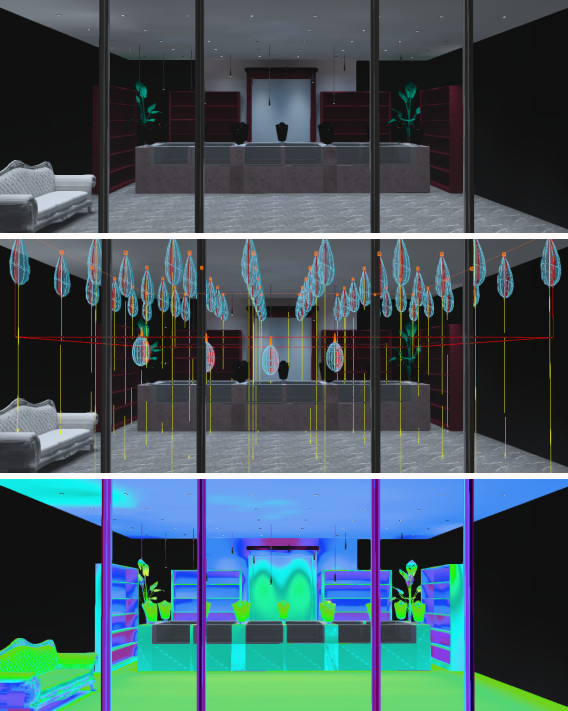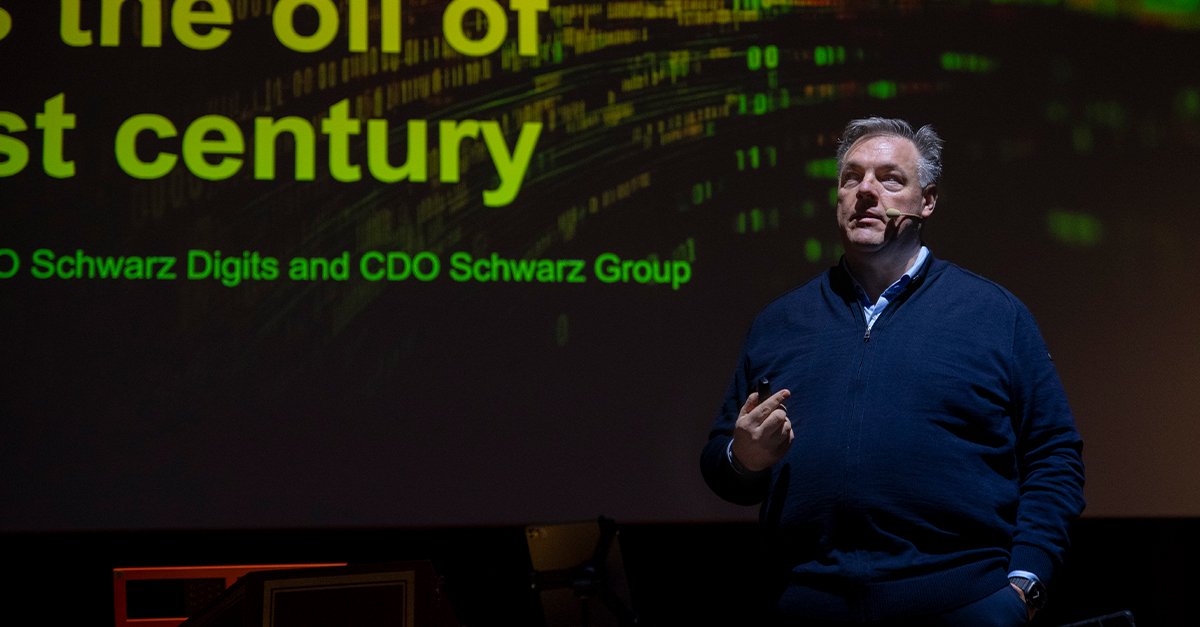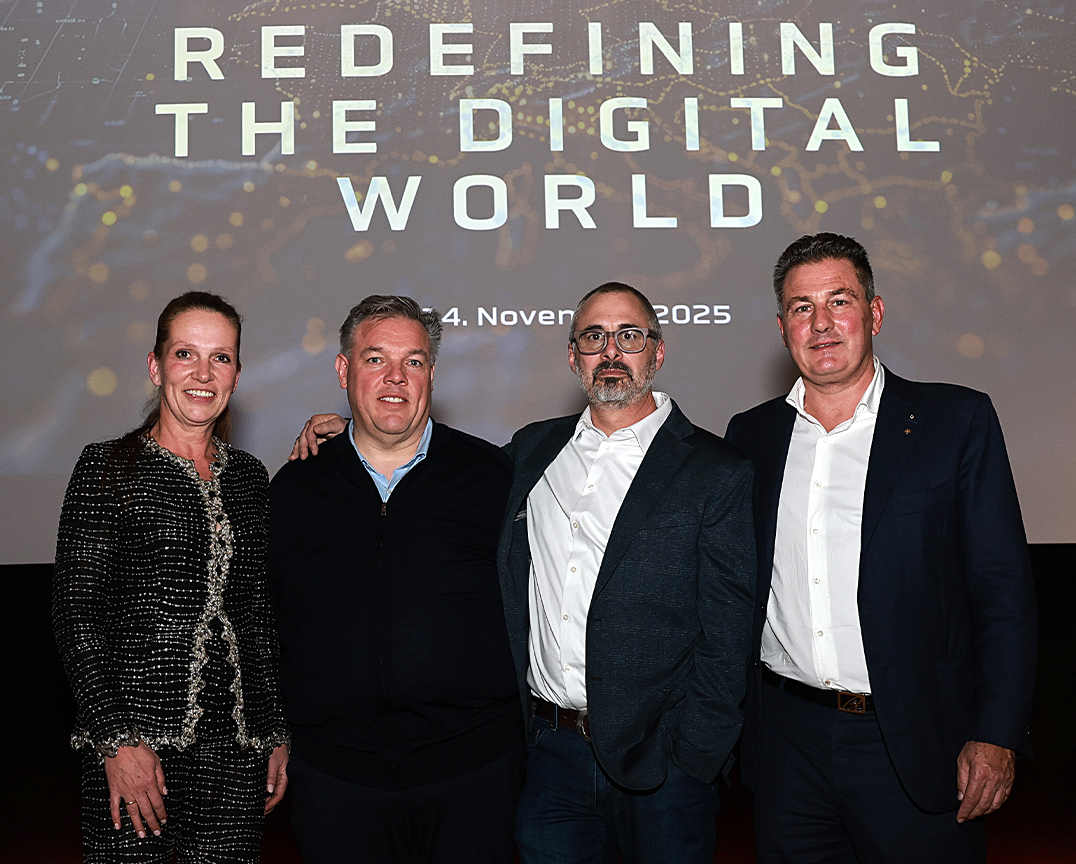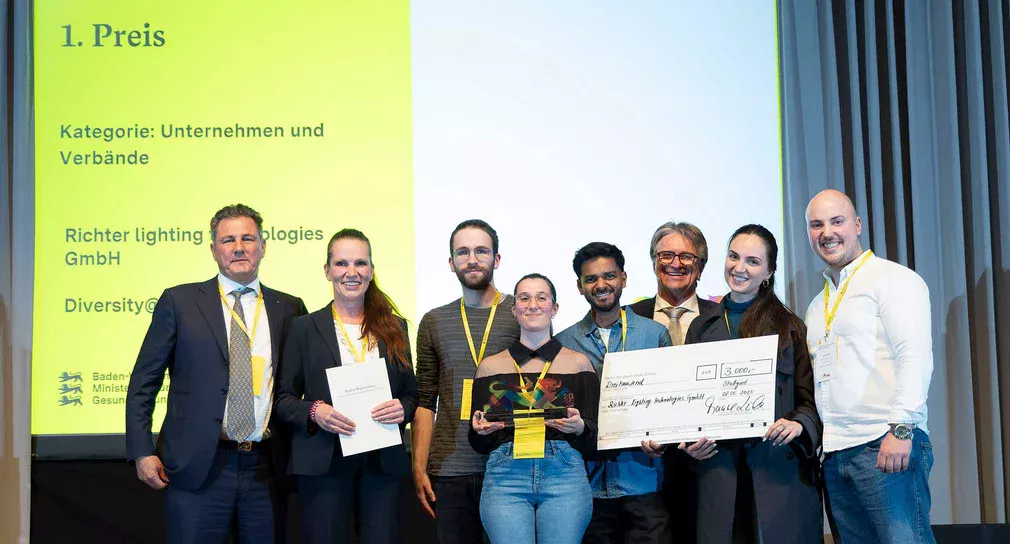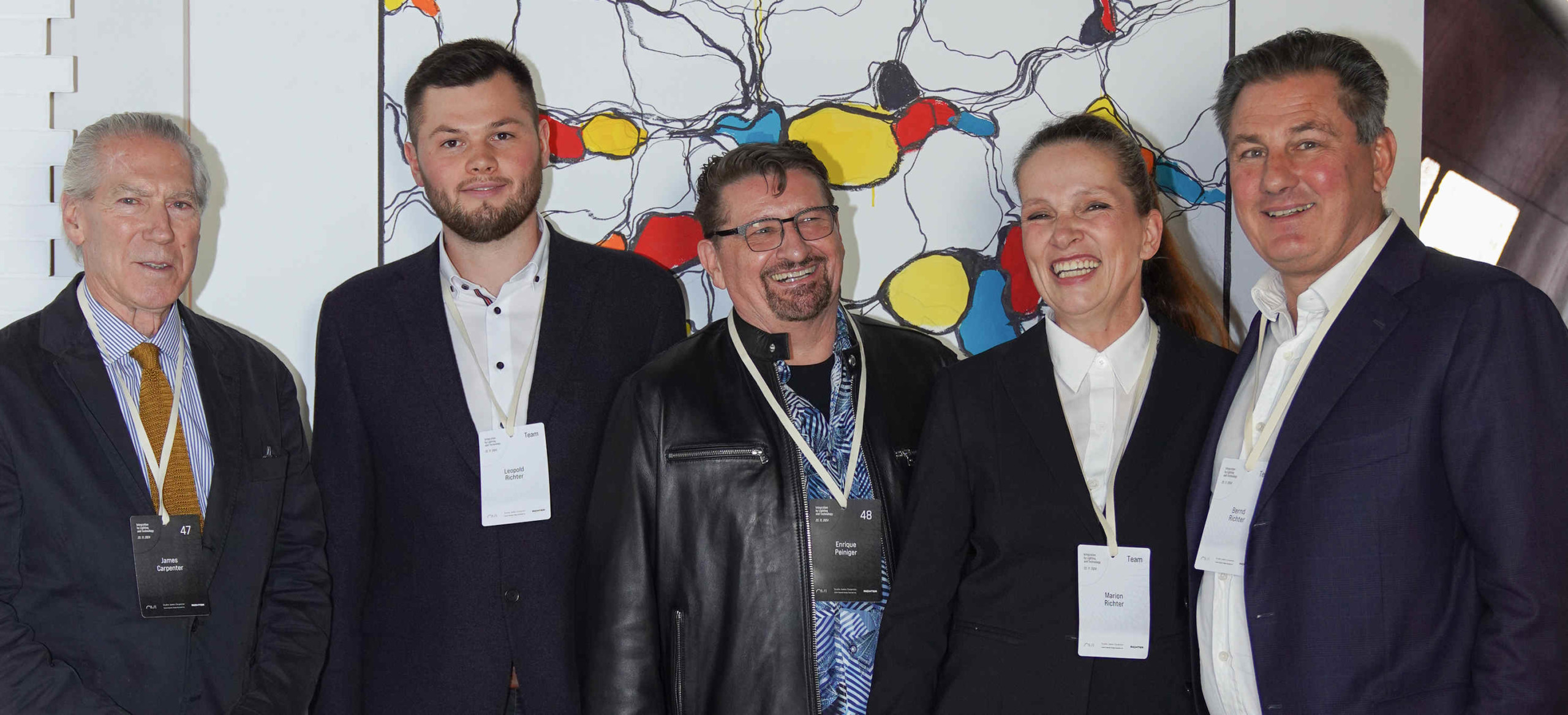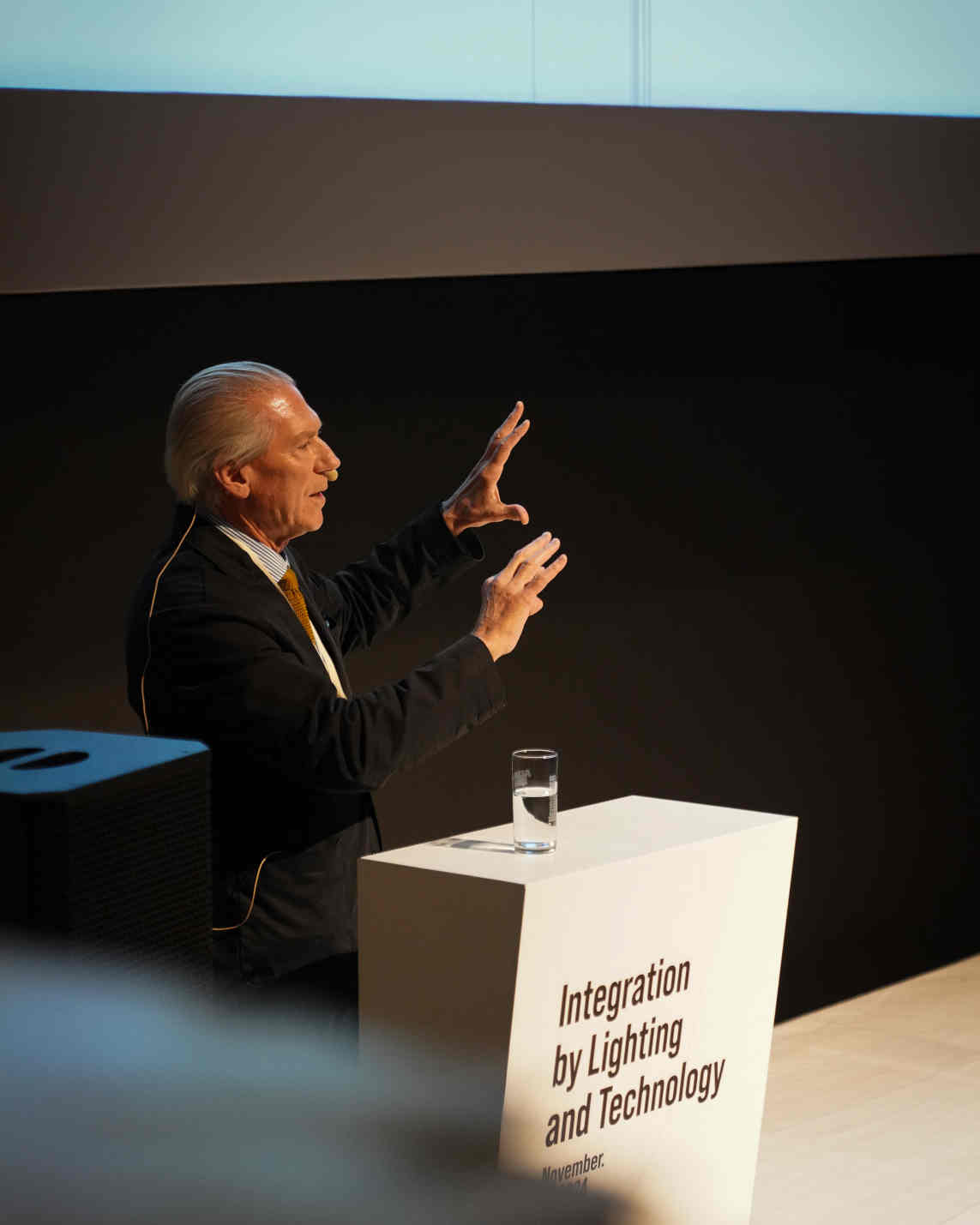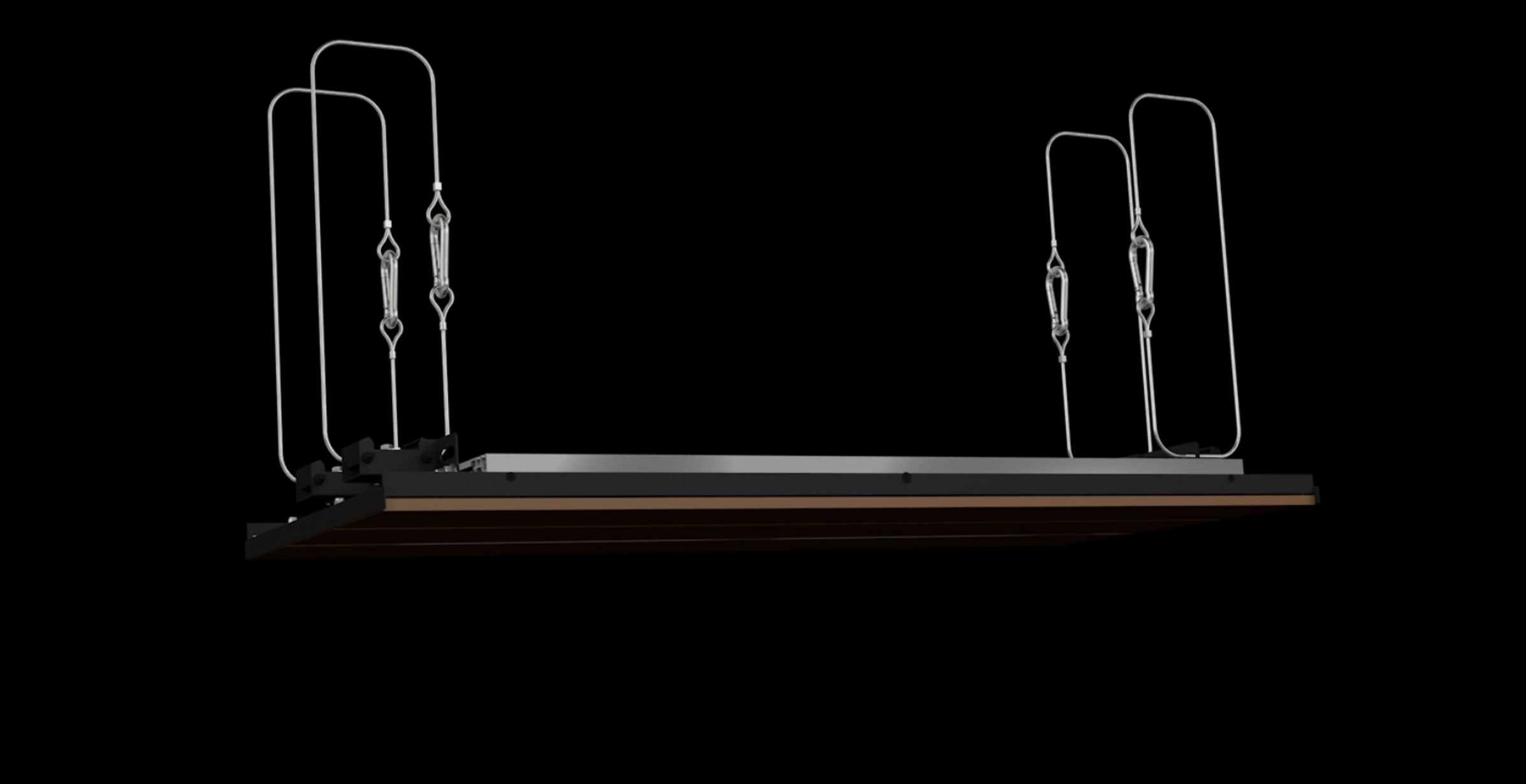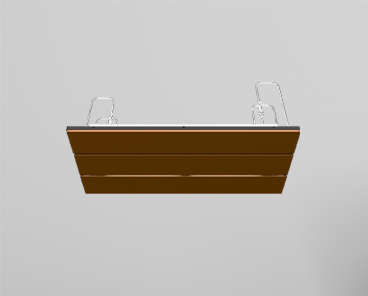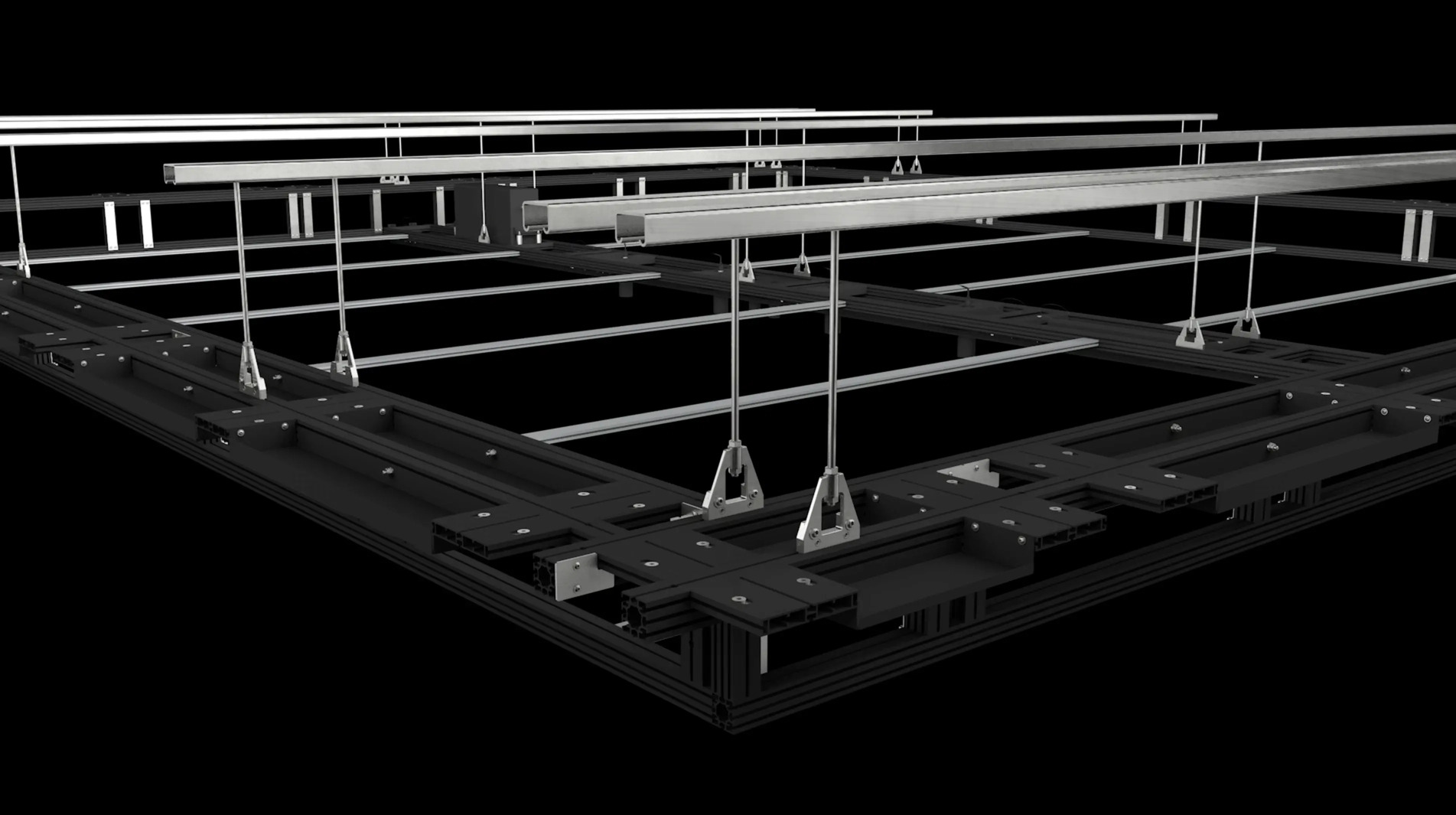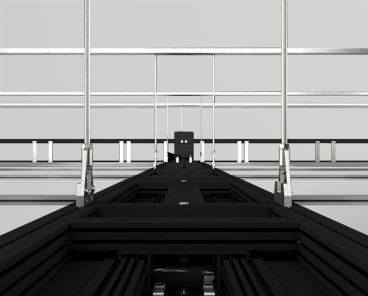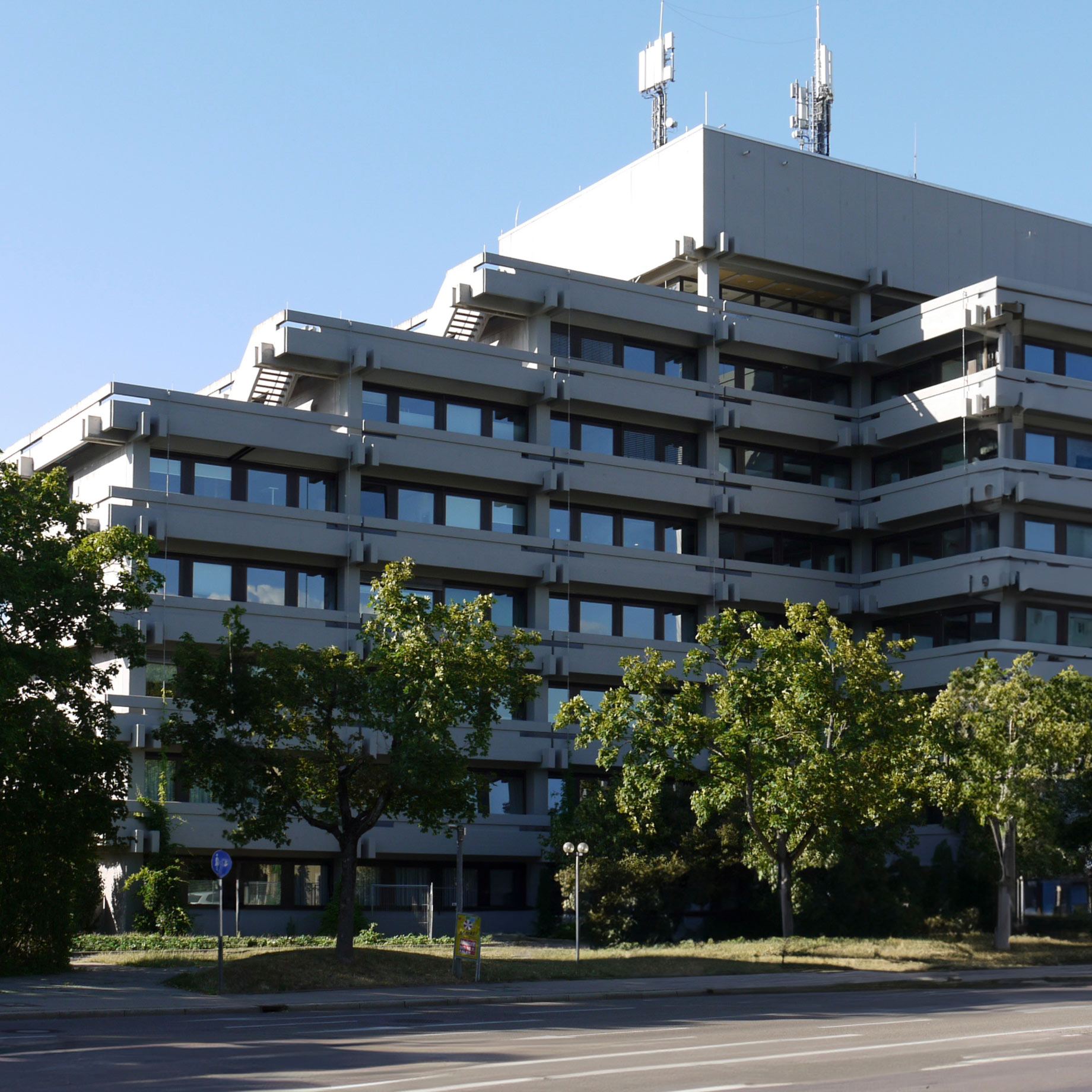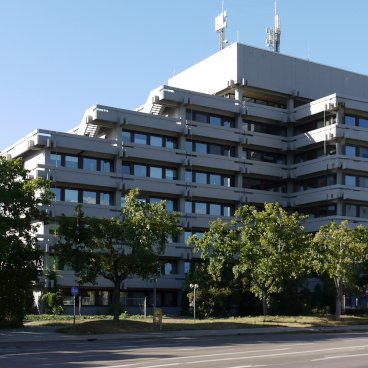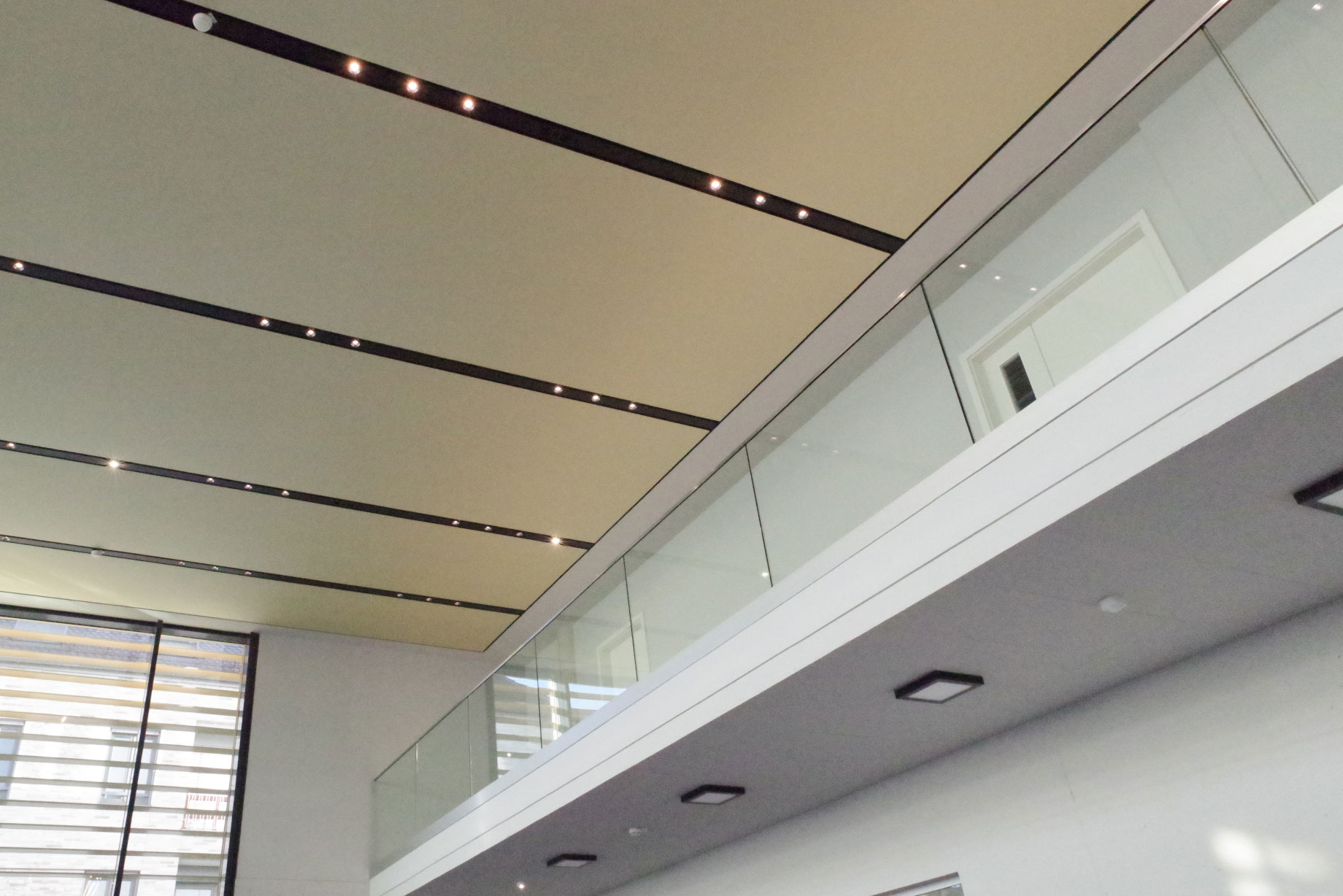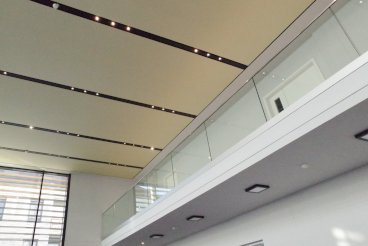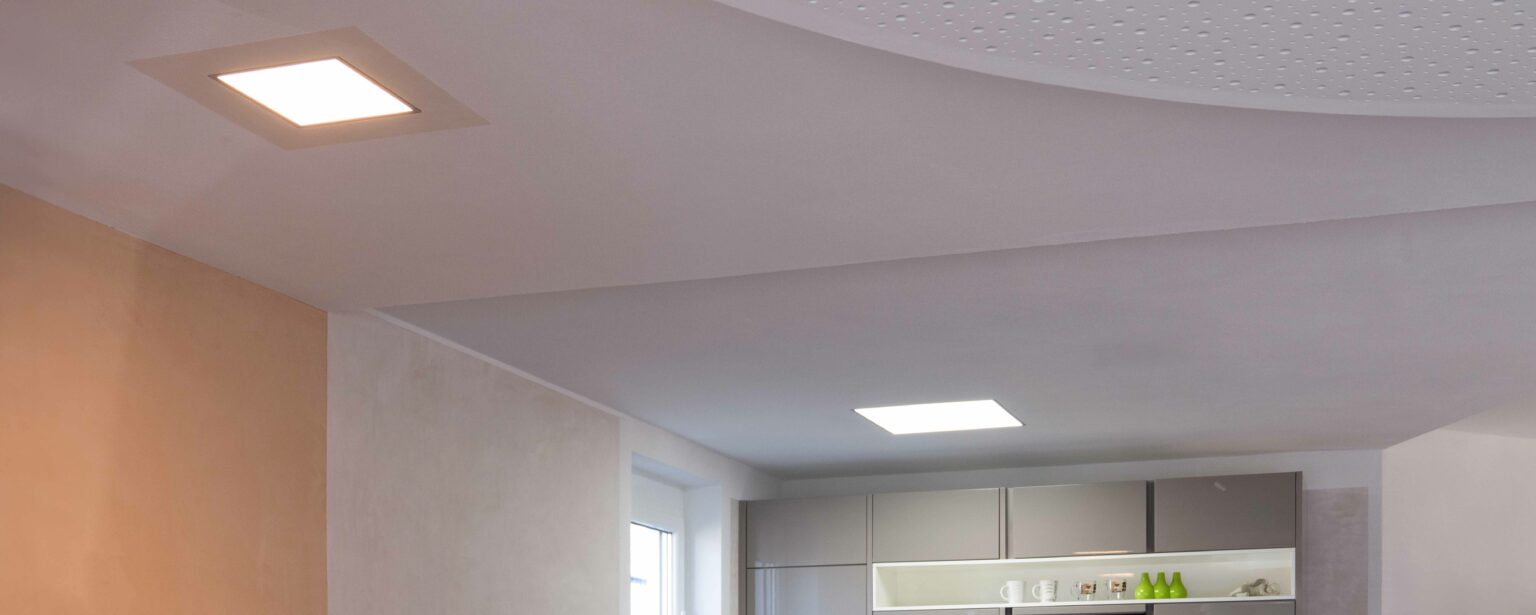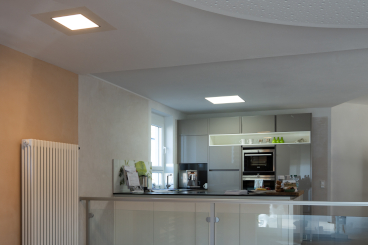In This Article
Share
The impact of lighting on visual merchandising and sales
Are you struggling with low sales in your retail stores despite increasing visitors? Have you tried multiple options, including new advertisements, marketing strategies, and rearranging the stores, without seeing any significant change in the bottom line? If your answer is yes, then it may be time to consider adding architectural lighting to your visual merchandising strategy.
The significance of architectural lighting
The intensity, color, tone, and type of lighting have a profound effect on human perception and emotions. Moreover, architectural lighting plays a crucial role in shaping our perceptions of depth and volume, creating an illusion of larger space in well-lit areas. However, poor lighting design in retail spaces can have several disadvantages. It can diminish the contrast between the environment and highlighted products, cause distracting glares for customers, and reduce the visual interest in your store, leaving consumers unsure of what to focus on.
To achieve a successful balance between lighting and architecture, it is essential to consider three key aspects of architectural lighting: aesthetics, function, and efficiency.
Aesthetic considerations in architectural lighting revolve around creating visually appealing and captivating environments. By carefully selecting appropriate lighting fixtures, color temperatures, and techniques, you can enhance the mood and ambiance of your retail space. Utilizing different lighting effects such as up-lighting, downlighting, or accent lighting can help highlight architectural features, create focal points, and evoke specific emotions. The aesthetic aspect aims to create an environment that aligns with your brand identity, target audience, and desired retail experience.
The function aspect of architectural lighting focuses on meeting the practical and functional requirements of a retail setting. Lighting design should support the intended use of the space by ensuring clear visibility and facilitating specific tasks. For example, effective lighting in a retail environment should illuminate merchandise, aisles, and signage, assisting customers in navigating the store, finding products, and making informed purchasing decisions. Functional considerations also involve maintaining appropriate lighting levels, ensuring uniformity of lighting distribution, and minimizing shadows or dark spots that may hinder visibility and impede the shopping experience.
Efficiency in architectural lighting involves optimizing energy consumption, reducing operational costs, and promoting sustainability. Energy-efficient lighting technologies, such as LED lighting fixtures, can significantly contribute to these goals. LED lights consume less electricity and have longer lifespans compared to traditional lighting options. Efficient lighting design also incorporates the use of lighting controls, such as dimmers, occupancy sensors, or daylight harvesting systems, to adjust light levels based on occupancy and natural light availability. By integrating energy-efficient solutions, you can achieve cost savings, minimize environmental impact, and align with sustainable practices.
Achieving a successful balance between lighting and architecture not only enhances the visual merchandising experience but also aligns with your store’s brand image, supports customer needs, and optimizes resource utilization. When considering improving the lighting in your retail store, it is important to conduct a light analysis of your existing space, keeping in mind the three key aspects mentioned earlier.
Architectural lighting for retail stores
In this scenario, data plays a vital role. Utilize accurate data to understand your current light layout and identify potential changes to ensure your lighting design meets the required illuminance levels for each specific area.
Various software tools are available for conducting light analysis, offering functionalities such as lighting calculation, luminaire selection based on photometric data, aesthetics, and energy efficiency, daylight simulation, lighting control systems, and 3D visualization of lighting design. This analysis can help you determine the best way to illuminate your store and achieve your goals.
The pictures below display the analysis of light in some hypothetical retail stores. These images showcase a 3D visualization of how light is distributed within the stores, based on the types of light fixtures used and where they are placed.
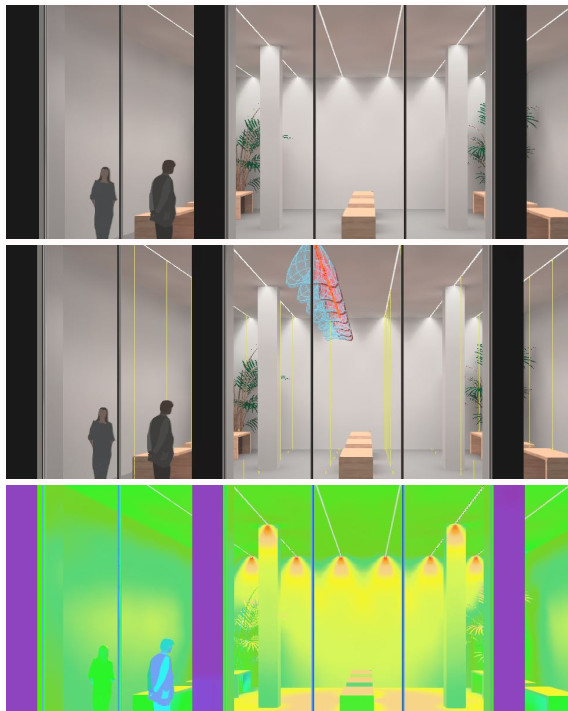
Simulation of light distribution in retail store 'A' by our light experts.
Visualizing Light Distribution in Retail Store 'A' - Expertly Crafted Simulation
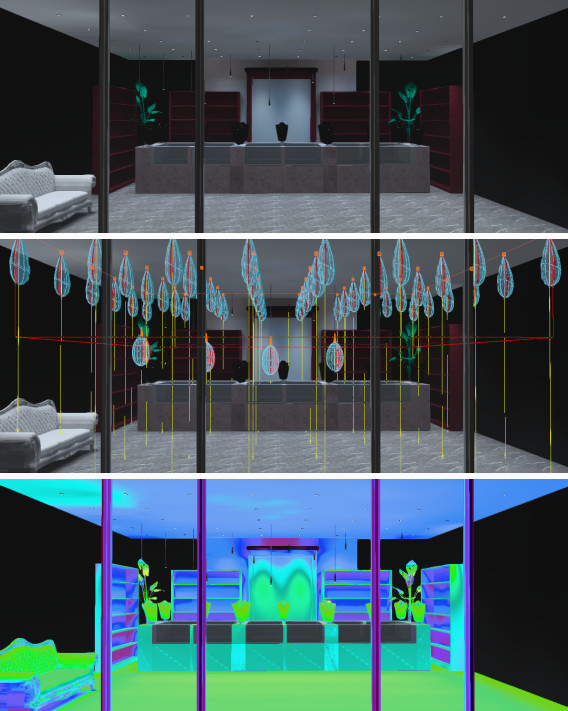
Simulation of light distribution in retail store 'B' by our light experts.
Visualizing Light Distribution in Retail Store 'B' - Expertly Crafted Simulation
Please be aware that the images we are sharing are not sourced from stores we have previously collaborated with. Our intention is solely to offer you a glimpse of the capabilities of our lighting team through these images.
Choosing the right lighting specialists
When it comes to leveraging lighting to enhance visual merchandising and drive sales, seeking guidance from lighting manufacturers with dedicated teams consisting of creative designers, analysts, technologists, and state-of-the-art light laboratories can be beneficial. These professionals utilize cutting-edge lighting technologies to develop customized luminaires and tailored solutions to your specific needs.
In conclusion, the impact of lighting on visual merchandising and sales cannot be overstated. By understanding the role of lighting in your retail store and implementing necessary changes, you can create a harmonious synergy between lighting and architecture, ultimately driving sales by enhancing your visual merchandising.
To find out how we have used lighting to help our clients in retail to achieve their goals, get our Special Insights document.

